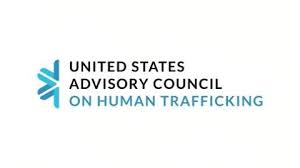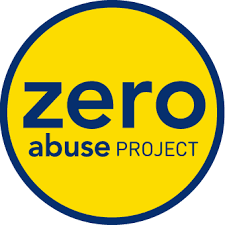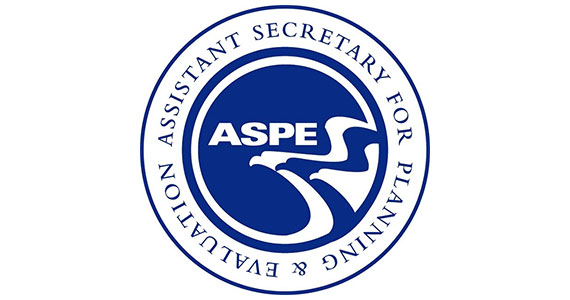This 2024 edition of the MACStats: Medicaid and CHIP Data Book presents the most current data available on Medicaid and the State Children’s Health Insurance Program (CHIP), two programs that provide a safety net for low-income populations who otherwise would … Read More
Child Well-Being

Ten Myths About the Effect of Social Media Use on Well-Being
Claims about the harms of social media are everywhere. Many are taken as fact. In the face of this certainty, it is useful to remember that it was once taken for granted that serial dramas on the radio, comic books, … Read More

U.S. Advisory Council on Human Trafficking
At the core of preventing and healing from violence are hope, health, and well-being. When individuals do not have access to all the elements that contribute to their well-being, they are forced to make tradeoffs that increase their vulnerability to … Read More

Serving LGBTQIA2S+ Children in the Criminal Justice System
Increased Risks for LGBTQIA2S+ Youth Transgender and nonbinary youth experience higher rates of childhood sexual abuse than cisgender children (15-34 percent for transgender and nonbinary youth, compared to 4.8 percent of the general population). Furthermore, compared to their cisgender counterparts, … Read More

Characteristics of Pregnant and Postpartum Women With Opioid-Exposed Births and Their Children According to Type of Behavioral Health Treatment
Maternal opioid use and diagnoses of Neonatal Abstinence Syndrome (NAS) have increased significantly in the United States over the last decade. Increased maternal substance use has contributed to maternal mortality in the United States, with one recent study documenting a … Read More

Study Links Infant Temperament, ADHD Symptoms, and Childhood Maltreatment
An analysis of data from the Fragile Families and Child Wellbeing Study found that negative emotionality—the tendency to experience frequent and intense negative emotions—in infancy was associated with maltreatment at ages 5 and 9. Children with higher negative emotionality as … Read More

The Well-Being of LGBTQ+ Youth in Foster Care: The Youth Acceptance Project
This presentation will first dive into sexual orientations and gender identities outside the binary to ensure that participants understand the many identities LGBTQ+ youth embody, as well as their unique needs. LGBTQ+ children and youth are among the most vulnerable, … Read More

Penalized for Their Prescriptions: Parents Using Legal Addiction Medications Face Ongoing Discrimination in the Child Welfare System
s this country battles yet another drug epidemic, medical authorities and the federal government continue to promote “medication-assisted treatments” like methadone as the most-effective frontline defense against the ravages of opioid addiction. The Rehabilitation Act of 1973 and the bedrock … Read More

Indigenous Child Wellness: A Scoping Review of Best Practices with Initial Advising from Indigenous Community Members on Contextual Considerations and Next Steps.
This project seeks to operate within a traditional understanding of wellness. It is critical to consider these ways in measuring wellness for Indigenous Peoples, to advance one’s wellbeing through culturally safe approaches. Our goal is to identify feasible, acceptable, and … Read More

Screening for Adverse Childhood Experiences: A Critical Appraisal
Adverse childhood experiences (ACEs) are common and can impact health across the life course. Thus, it is essential for professionals in child- and family-serving roles, including pediatric and adult primary care clinicians, to understand the health implications of childhood adversity … Read More

